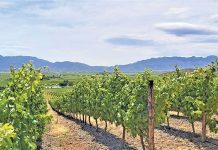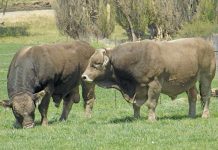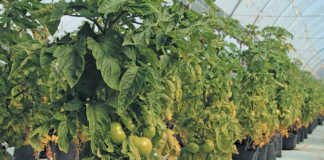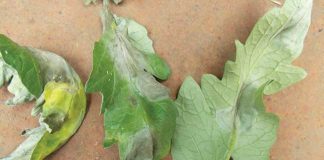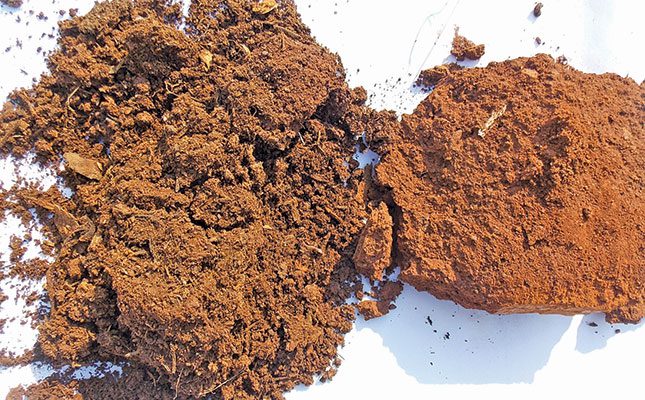
Photo: Bill Kerr
This may sound ludicrous as it goes against all conventional vegetable growing practices.
But the concept that I will go through in a number of articles is in fact possible, as not only have I gone through the whole process, but I was also able to produce healthy, tasty vegetables more economically.
READ Switching to no-till? Restore degraded soil first!
No-till production has so far mainly been applied to agronomic crops in countries like Brazil, but can be used very successfully for vegetables.
One of the big problems when one has a smallholding or small farm is the economics of purchasing machinery for a relatively small area, not even to mention the cost of a tractor that would be standing idle for most of the time.
In my case, I started off by getting a friend who is a local farmer to bring a tractor over to rip the ground and then bring a bed maker to form the beds. I purchased a rotavator to do final preparation before planting and this went on for a few years.
One year, I had applied a fertiliser to the beds and wanted to start the rotavator to incorporate the fertiliser and make a final planting preparation before planting a bean crop.
The rotavator refused to start, and in desperation I planted the seed anyway, expecting a relatively poor result.
But it turned out that this was my best bean crop in years!
This got me thinking. I knew from no-till articles in Farmer’s Weekly on maize and soya beans that perhaps it could even work for vegetables.
That was more than a couple of decades ago, and my original beds that were formed that year are still in use and the soil has never been tilled since then.
Importance of organic matter
What most farmers do not realise is that as soon as soil is tilled, the organic matter starts to be digested by soil organisms and is turned into CO2, which ends up in the air and contributes to global warming.
As the organic matter in the soil is lowered, so does the water holding capacity in the soil become reduced.
Every 1% of humus in the soil holds 15ℓ of water per square metre. In addition, in no-till soil there is much faster water penetration from rain, resulting in less run-off. I saw an example of this when travelling on a country road.
READ How compost from Mpumalanga farmer’s bioreactor is boosting no-till crops
This was just after a heavy thunderstorm and the ploughed land was shimmering with standing water, whereas the veld alongside had no standing water.
The no-till practices that I will describe in this series allow the humus content of the beds to gradually increase.
The associated soil life then increases and extracts nutrients from the clay particles and makes them bio-available for the plants to use.
There are huge quantities of elements locked up in the soil that will be made available for plant growth and health through what is referred to as the soil food web, which I will discuss in more detail later.
Bill Kerr is a vegetable specialist and breeder.



